Back to the Future: Are Hub-and-Spoke Offices Making a Comeback?
As the debate rages on about how the post-COVID office will look, an office model long-abandoned may be making a comeback.
In a previous post, we shared our predictions of what the post-COVID office would look like, suggesting that “the new normal” would be neither a full return to the way things were nor a strictly digital environment, but instead a hybrid of the two. In areas where COVID restrictions are starting to ease, we’re seeing the reemergence of the hub-and-spoke model—a business model once considered the norm but relinquished years ago in favour of the open concept workplace many offices use today.
The Rise and Fall of Hub-and-Spoke
The hub-and-spoke model operated exactly as you might imagine from the name. A company establishes their headquarters (the ‘Hub’) in a vibrant, trendy neighbourhood in a big city and then establishes several smaller branches (the ‘Spokes’) in surrounding suburban areas.
This spread-out space allows companies to accommodate a large workforce as well as eliminate commutes for those living in suburban areas.
While this model proved convenient for commuters, companies thought that having all employees under one roof would be more efficient and improve productivity. As a result, companies eliminated most of their suburban offices and opted instead for downtown locations.
As companies moved their workforces downtown, another trend started gaining traction that encouraged a one-office model: Open concept workspaces. In an open concept model, employees work closely together in a shared space with little to no private offices. Essentially, this model allows companies to fit more employees into less space for substantial cost savings. It was also hoped that working so closely together would result in better collaboration.
Enter COVID-19
Trends in office space move slowly; the transition above took decades. Then COVID-19 happened. Office space, much like everything else, was thrown into flux as the highly contagious virus spread rapidly across the world. Businesses were forced to adopt new working models within days, rather than decades.
Of course, the biggest shift to emerge is from in-person to virtual working environments, but as we start to emerge from COVID-19 restrictions and get back to ‘normal’, more changes in working habits will develop. For instance, the one-location office model worked in part because employees living in the suburbs could take public transit to work downtown. Companies may find that moving forward, many employees will not feel safe taking public transportation and would rather drive to the office. This will cause a huge increase in the amount of rush hour traffic and may make commuting to a downtown office undesirable to those in the suburbs.
A Return To Hub-and-Spoke
What can companies do to save their employees commuting time and provide a safe environment? Many are looking at reinstating the old hub-and-spoke model by leasing several smaller suburban offices to accommodate suburban workers. In addition, the close-knit collaborative environment seems to be on the way out and private office space is back in.
The smaller ‘spoke’ offices could also serve as a landing place for employees from various suburban cities. For instance, a small office in northwest Mississauga could provide employees from Mississauga, Brampton, Oakville and Burlington with a place to have meetings or operate as an office for use when completing business proposals.
What’s the Best Model?
Of course, there is no ‘best’ model that works for everyone. What works well for one company may fall flat at another. But experimenting with office models is nothing new, the only difference this time is how quickly change will come about. As companies experiment with different concepts for their office space, it’s important to keep in mind that the biggest drivers of employee engagement and retention over the last ten years have been quality of life and productivity. An office model that can deliver both in the post-COVID era will be a winner.
Here is an excerpt from a memo sent to employees of a major financial company regarding the future of office space:
The question is: can we be effective at work without needing to be in the office all the time? Based on how the last few months have gone, the answer is a resounding yes. Looking ahead, my hope is to build an environment for my team that incorporates some of the flexibility we have gotten used to into the post-pandemic work world, whenever that arrives. Think in terms of a greater emphasis on results and output rather than evaluating people by their presence in the office or the hours that they work.
Only time will tell which model will prove most successful in the post-COVID work environment; but one thing is for sure—nothing will ever be the same.



